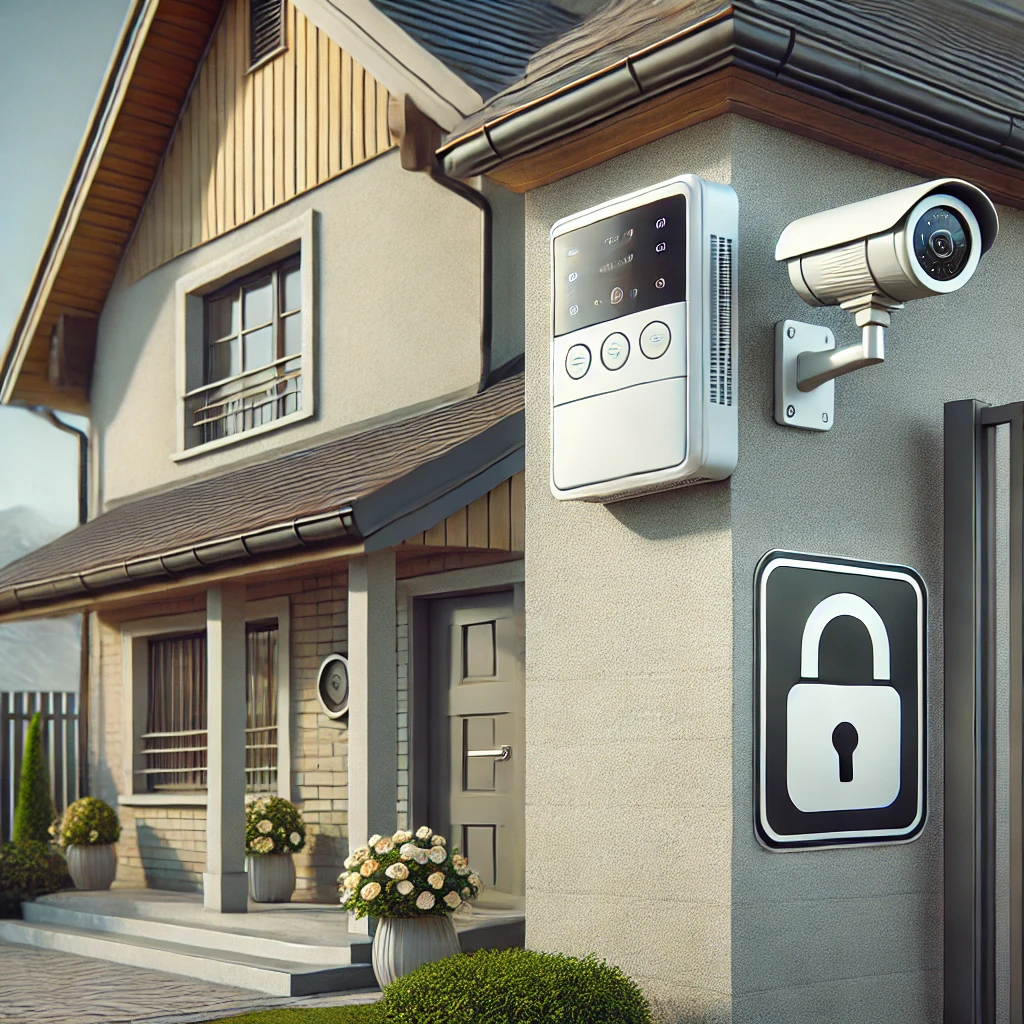Imagine this: you just bought a smart lamp for your living room, and instead of installing it right away, you open an app on your phone that allows you to see, in real time, how it would look installed in different spots. The result? You can choose the ideal location, adjust the light’s color, and even see how it complements other elements in your living room—all without moving a single item. This is the promise of augmented reality (AR) in the smart home space, a technology that’s revolutionizing the way we personalize and optimize our environments.
Introduction to Augmented Reality and Its Potential in Smart Homes
Augmented reality is a technology that combines digital information with the physical world. Unlike virtual reality (VR), which immerses the user in a completely digital environment, AR enhances our perception of the real world, offering an intuitive and natural experience that can improve how we use smart devices at home.
As connected devices become part of daily life, AR is starting to play a major role in customizing smart homes. This technology lets users visualize and test the functionality and appearance of lights, thermostats, or security cameras, optimizing the configuration and decision-making process. It’s more than a tool; AR provides a unique and personal connection with the home environment.
Examples and Current Applications of Augmented Reality
- Previewing Devices in Real Time: Thanks to AR, users can see how a new device would look in their space before buying. Imagine previewing how a colorful lamp would look in the corner of your living room or a security system at your entryway. This not only makes choosing easier but also increases satisfaction, reducing costly changes.
- Interior Space Customization: AR enables users to try different layouts and design styles, such as furniture arrangement or wall colors. Leading brands are already using this technology so users can plan their decor in a detailed and realistic way.
- Interactive Installation Instructions: Say goodbye to lengthy manuals; some AR apps provide step-by-step instructions directly on the device, making it easier to install things like security cameras or smart sensors. This minimizes confusion and helps users set up their devices quickly and accurately.
Benefits of Augmented Reality in Smart Homes
AR offers several advantages in setting up smart devices:
- Time Savings: With visual instructions overlaid, users can configure their devices with ease, following practical, visual guides.
- Precision in Configuration: By seeing the devices in their space, users can ensure that their chosen products perfectly suit their needs and style.
- Greater Customization Without Commitment: AR enables users to try out multiple configurations without making permanent changes to the home, fostering a tailor-made environment without risks.
- Real-Time Assistance: Visual guides and AR-based tutorials ensure that users can troubleshoot issues and get the most out of their devices.
Current Limitations and Future Challenges in Augmented Reality
Despite its potential, AR for smart homes faces some challenges:
- Compatibility and Standardization: Not all smart devices are currently compatible with AR apps, and each manufacturer uses its own platforms, making integration more complex.
- Costs: Both the necessary hardware and the development of AR applications are costly, limiting accessibility for some users.
- Learning Curve: Some users find AR a bit complex, especially if they aren’t familiar with advanced technologies. However, companies are working on more intuitive, accessible applications.
As more user-friendly interfaces and affordable devices are developed, AR is likely to become an essential tool for enhancing the smart home experience.
Future Perspectives: Augmented Reality in the Home Over the Coming Years
Looking ahead, AR could expand to include more advanced applications, such as smart mirrors that display personalized information or lighting systems that adapt automatically to each user’s preferences throughout the day. AR promises not only to improve customization but also to increase automation and simplification in the home.
Conclusion
Augmented reality to enhance smart home devices is a growing trend that promises to transform both the shopping experience and the way we use our spaces. As technology advances, homes could become increasingly interactive, customizable, and adaptable to each user’s preferences.
Would you like to try any of these AR apps to customize your home? Share in the comments how you imagine using this technology in your own space, and if you’ve already tried it, let us know about your experience!


